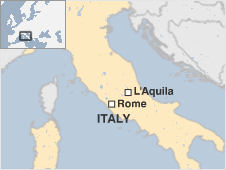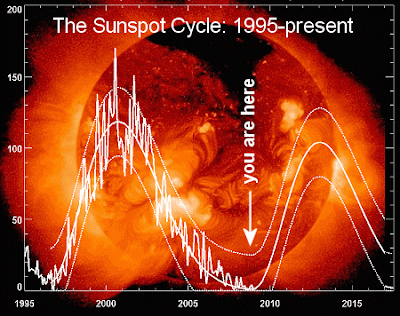 Jupiter and Io montage captured by the New horizons spacecraft.
Jupiter and Io montage captured by the New horizons spacecraft. The Jupiter image is false-color near IR data obtained with the LEISA instrument, built at GSFC.
I try to always read the QRP-L postings of NA5N -- Paul always has something interesting in his messages. Today I found this:
Jupiter emissions peak around 18-22MHz; they are a function of when the moon Io crosses certain longitudes of the relatively fast spinning Jupiter. There used to be a couple of calculators online (haven't checked lately) as to when the L-bursts should occur. The timing is quite predictable; detecting them on every predicted occurrence is not. You have to have an antenna with a little bit of gain. The signals are generally weaker (that is, near the atmospheric noise level) than can be detected with a dipole. With a fairly decent setup, the Jovian L-bursts sounds like ocean waves crashing on a distant beach, just barely above the noise level. The S-bursts sounds like random pulse type static in short bursts. These are harder to detect than the L-bursts.
I had known about the Jovian radio emissions, but I didn't know that the moon Io was involved. For me, Io's involvement somehow makes this even more interesting. Jupiter and its moons (including Io) are some of the few celestial objects I can regularly see from central Rome.
Here is a good description of Jupiter's radio signals, and Io's role in transmitting them:
http://radiojove.gsfc.nasa.gov/library/sci_briefs/decametric.htm
And here is an interesting article about the discovery (50 years ago) of these signals:
http://radiojove.gsfc.nasa.gov/library/sci_briefs/discovery.html

























































